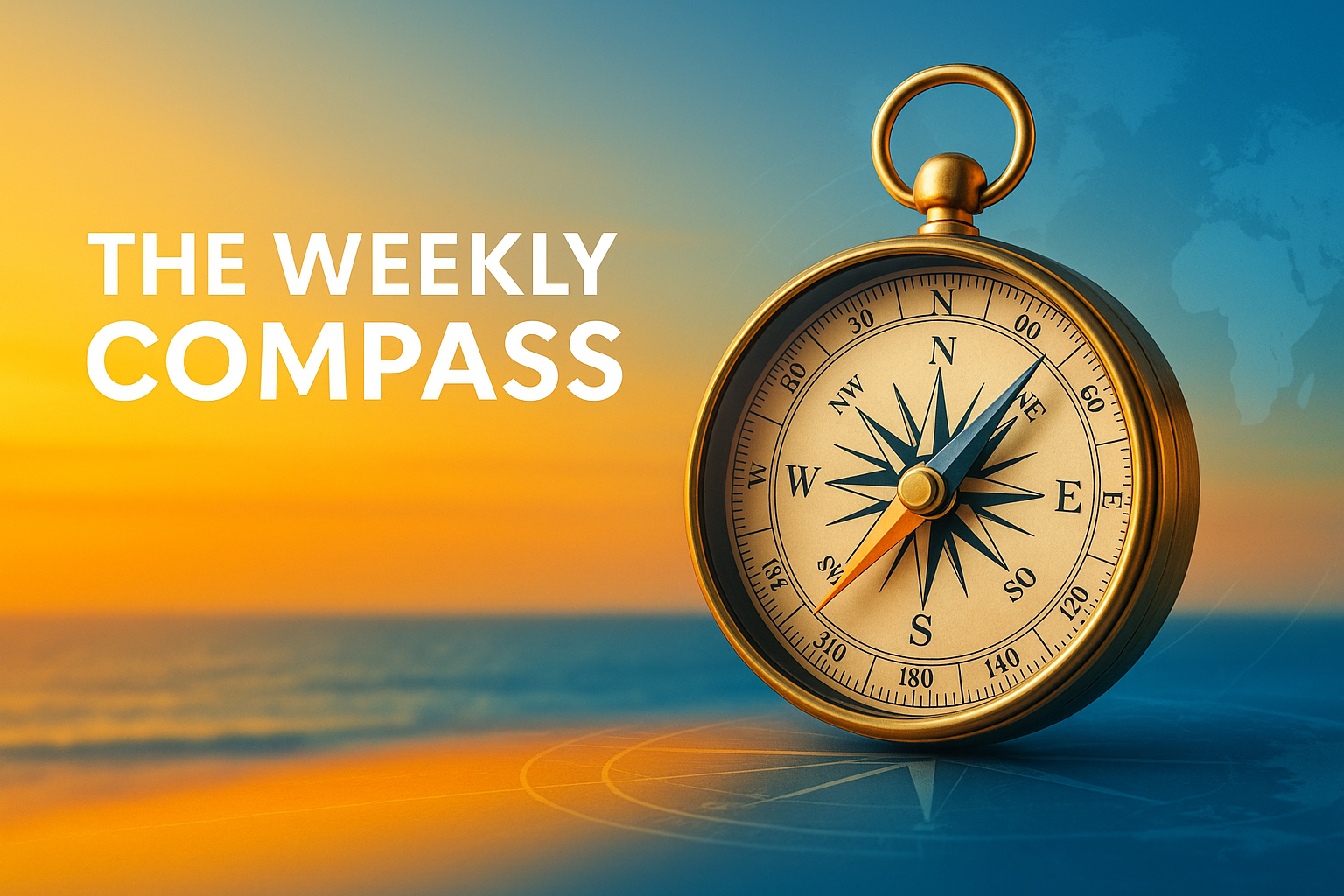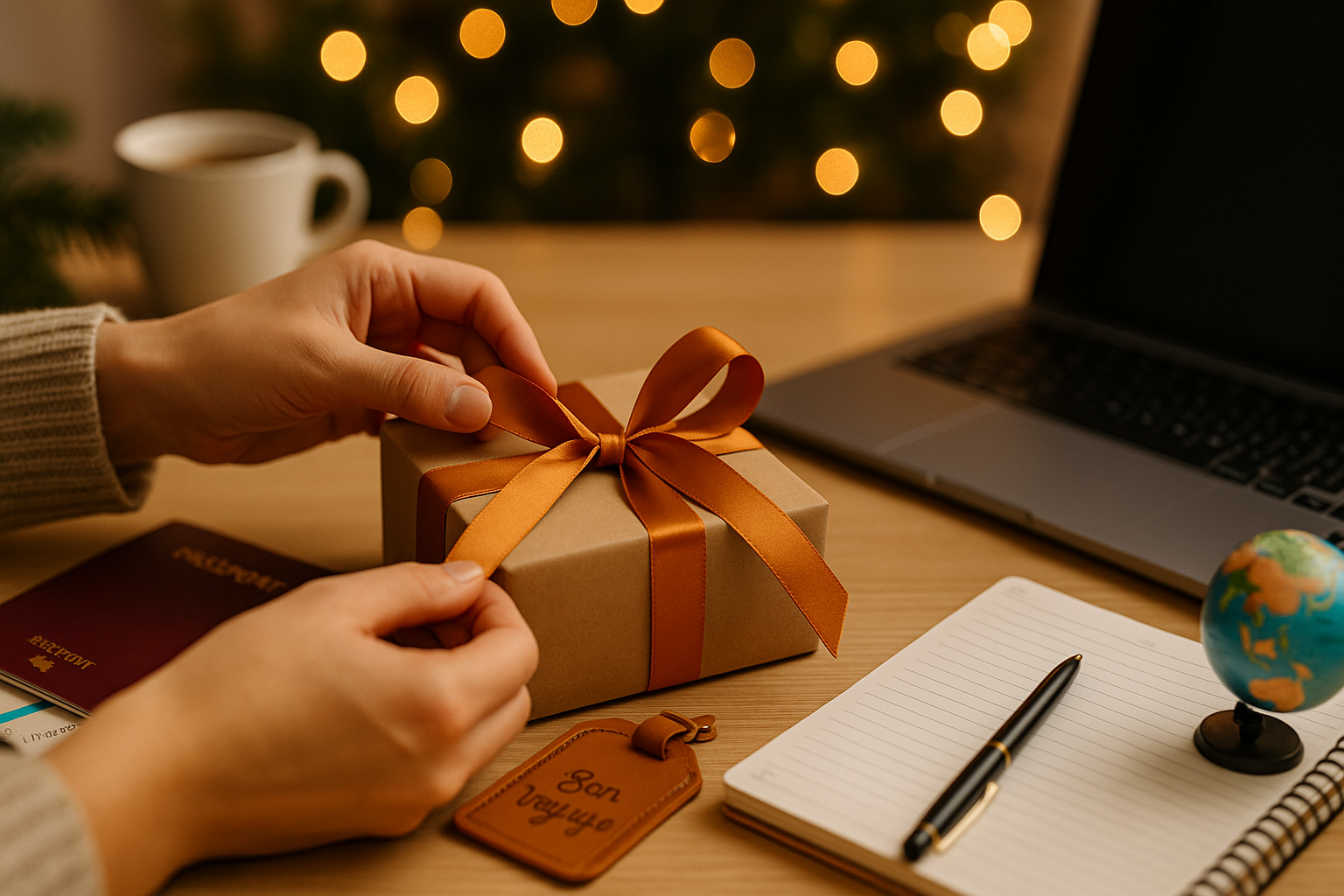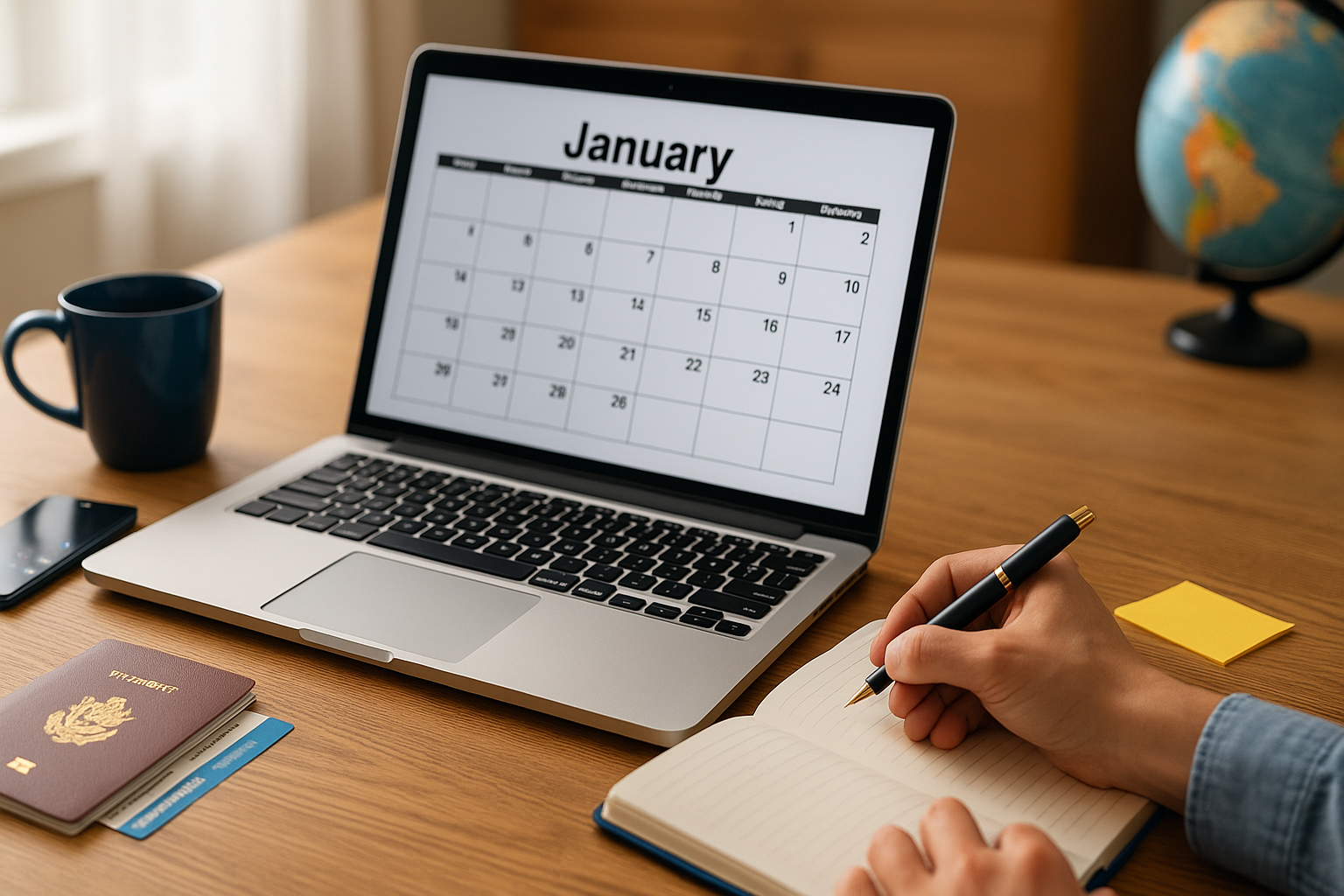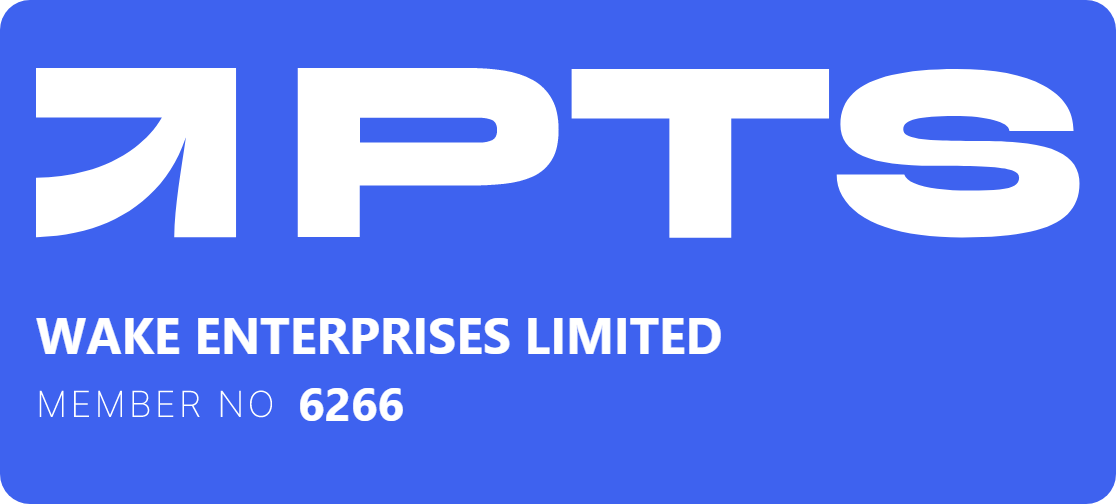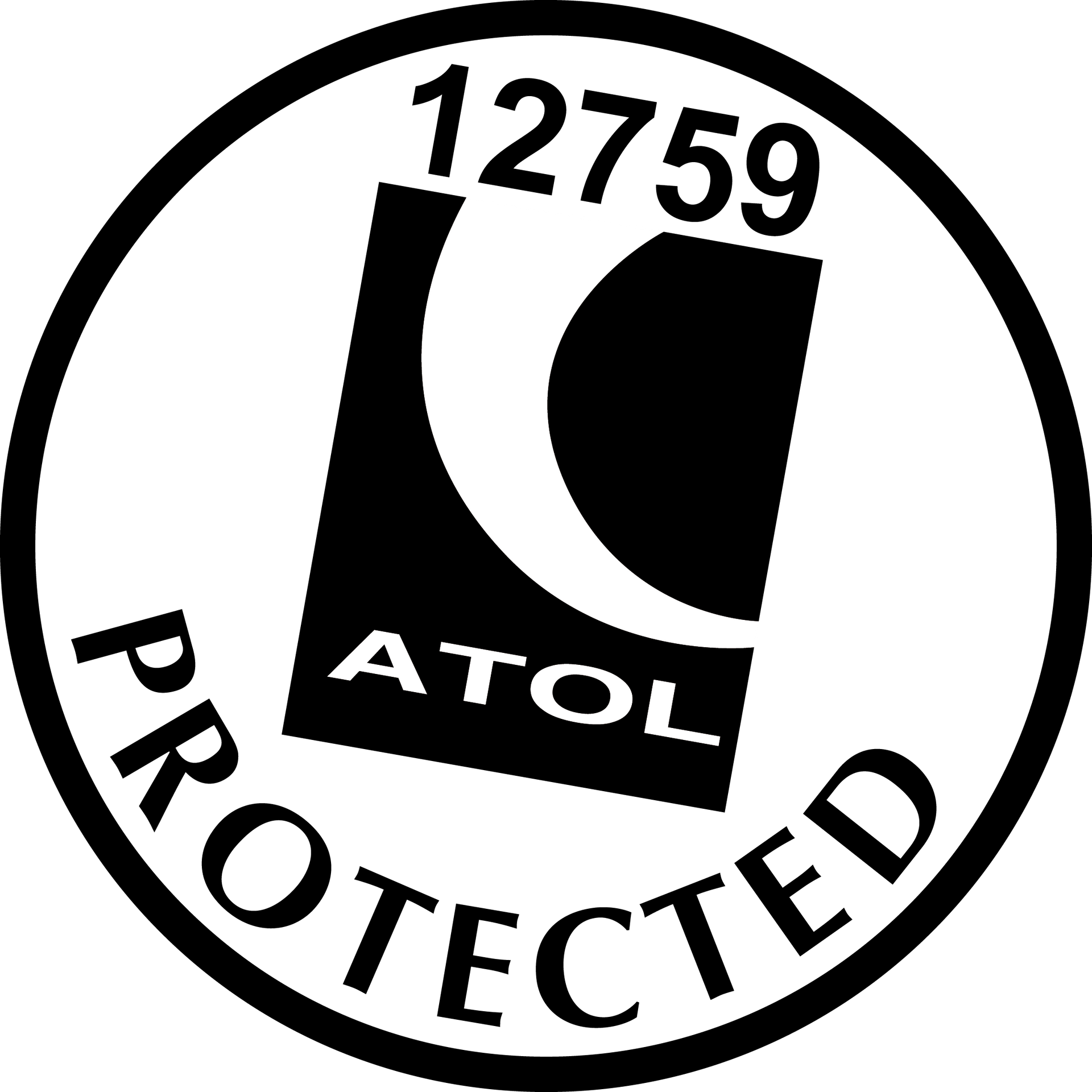Creating Seasonal Campaigns for Halloween, Bonfire Night & More
Creating Seasonal Campaigns for Halloween, Bonfire Night & More
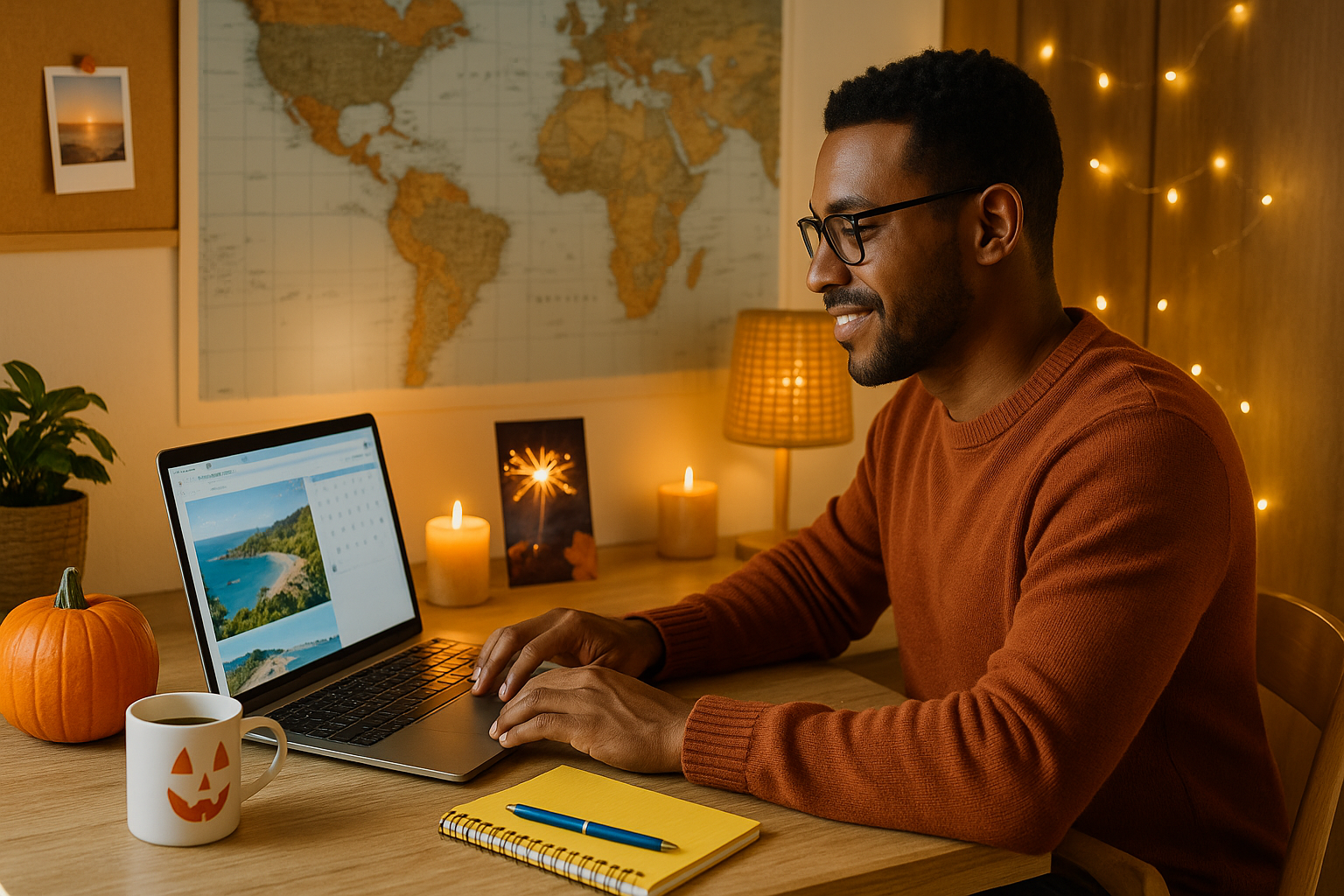
When you work from home as a travel consultant, standing out online can feel like a constant challenge. But there’s one marketing strategy that always delivers results — seasonal marketing for travel agents. Whether it’s spooky Halloween breaks, cosy autumn getaways, or fireworks-filled city escapes for Bonfire Night, seasonal campaigns help you connect with your audience in the moments they’re most inspired to book.
Far from being gimmicky, well-planned seasonal marketing taps into genuine travel emotions — the urge to escape, celebrate, and create memories tied to a special time of year. For travel homeworkers, these campaigns can generate engagement, visibility, and sales without needing a huge advertising budget.
Here’s how to build effective, high-impact seasonal campaigns that boost bookings all year round.
Why Seasonal Marketing Still Works
The best marketing feels timely. Seasonal campaigns work because they tap into the natural rhythm of the year and align your offers with what people are already thinking about. When the weather cools, clients start dreaming of winter sun escapes. When spring blooms, city breaks and Easter getaways rise to the top of their minds.
For travel agents, that means your marketing doesn’t need to fight for attention — it joins the conversation that’s already happening. Social media hashtags, online searches, and even mainstream news cycles all shift with the seasons. If you’re publishing relevant content, Google rewards you with extra visibility.
For travel homeworkers, seasonal marketing provides structure to your content calendar. Instead of scrambling for ideas, you can plan ahead — Halloween, Bonfire Night, Christmas markets, Valentine’s Day, Easter, summer holidays — and keep your brand active and visible all year long.
The Benefits of Seasonal Marketing for Travel Agents
- Boosted Engagement: Seasonal posts naturally attract likes, comments, and shares.
- They invite participation — think “Tell us your dream Halloween destination!” or “Where would you love to watch fireworks this November?”
- Increased Urgency: Limited-time offers or themed promotions encourage clients to act quickly, especially when dates or deals are exclusive.
- Higher Search Rankings: Using seasonal keywords helps you appear in fresh searches like “winter sun 2025 deals” or “romantic Valentine’s breaks.”
- Improved Brand Personality: Seasonal campaigns allow you to show personality — playful for Halloween, sentimental for Christmas, glamorous for New Year’s Eve.
- Consistent Client Touchpoints: Each season gives you a reason to contact clients with timely updates, keeping your business top of mind.
For travel homeworkers, these benefits can turn a quiet quarter into a profitable one.
Halloween Campaigns: Spooky, Fun, and Full of Potential
Halloween might not be the first thing that comes to mind for travel, but it’s a brilliant opportunity for creative marketing. Think haunted castles in Transylvania, ghost tours in Edinburgh, or family breaks to Disneyland Paris for Mickey’s Not-So-Scary Halloween Party.
You can frame your offers around “spine-tingling experiences” or “treat-yourself getaways.” Encourage engagement with themed content such as “Which destination matches your Halloween personality?” quizzes or posts that showcase eerie travel legends from around the world.
Add a dash of humour — people love a lighthearted touch in October. And remember to include booking links or calls to action at the end of every post, so your spooky stories turn into solid leads.
Bonfire Night: Sparkling Ideas for November
Bonfire Night is a uniquely British celebration, giving you a local seasonal hook that international travel companies often miss. Use it to highlight short breaks close to home — cosy cottages, city weekends, or scenic escapes with crackling fires and autumn views.
You could also tie it into destinations famous for fireworks — Sydney, Dubai, or New York for New Year’s Eve trips. Mention that planning these big events early ensures the best availability, creating urgency without a hard sell.
Bonfire-themed visuals (sparklers, warm scarves, glowing embers) are perfect for social media and newsletters. They evoke emotion and nostalgia — two of the strongest drivers of travel decisions.
Christmas and New Year: The Golden Quarter
From October through January, travel bookings peak. Families plan winter sun escapes, couples search for festive markets, and many travellers treat themselves to luxury New Year celebrations.
This is when your seasonal marketing for travel agents strategy can deliver the biggest returns. Create themed campaigns like:
“12 Days of Travel Deals”
“Festive Getaways Under £1,000”
“Where to Spend New Year’s Eve 2025”
Each post can showcase different destinations or client types — solo travellers, families, or luxury seekers. Be sure to promote booking security, payment plans, and your expert service. For travel homeworkers, this is a great moment to showcase your flexibility — offering consultations during evenings or weekends when clients are free.
Planning Ahead for Spring and Summer
While Halloween and Bonfire Night are immediate, don’t overlook early planning for spring and summer campaigns. By February, clients start dreaming of beaches, sunshine, and Easter breaks.
Build momentum by posting destination teasers like “Where will you be unwrapping your Easter eggs this year?” or “Top five cities for a May bank holiday weekend.” Pair this with helpful blogs or reels — packing guides, flight tips, or destination countdowns.
Because seasonal marketing is cyclical, your previous posts become next year’s foundation. Update them with new offers or photos, and you’ll save hours on content creation.
How to Build a Year-Round Seasonal Strategy
Successful seasonal marketing doesn’t happen last minute — it’s planned. Create a yearly content calendar marking out key dates and seasonal opportunities.
Here’s how to structure it:
- List Key Dates: Include holidays, school breaks, awareness days, and cultural events relevant to travel.
- Plan Content Themes: Link each month to destinations or experiences (e.g., “January: Winter Sun Escapes,” “March: Mother’s Day Treats”).
- Repurpose Content: Turn each theme into multiple assets — blog posts, social posts, email newsletters, and digital flyers.
- Add Offers Later: You can schedule the creative and update pricing once deals become available.
For travel homeworkers juggling marketing alongside client care, this structure prevents last-minute panic and helps maintain consistency — a huge factor in online visibility.
Avoiding Common Seasonal Marketing Mistakes
Even experienced agents can stumble when planning seasonal campaigns. Watch out for these pitfalls:
- Being too generic. “Summer holidays” is vague — focus on niches like “adult-only Mediterranean escapes” or “multi-generational family adventures.”
- Ignoring local context. Not every event fits your audience — Bonfire Night posts won’t resonate with overseas clients.
- Forgetting lead times. Clients need time to plan, so promote summer deals by March and Christmas trips by September.
- Using the same visuals each year. Refresh imagery to stay relevant and professional.
- Neglecting SEO. Use seasonal keywords early — Google rewards posts that age well.
How Travel Homeworkers Can Stand Out
As a travel homeworker, your marketing power lies in personal connection. Unlike big brands, you can react quickly to seasonal trends and personalise offers for your audience.
When you post about Halloween or Christmas, include your own stories — a favourite destination, a family tradition, or how you help clients celebrate abroad. Authenticity drives engagement and differentiates you from corporate competitors.
You can also collaborate with other homeworkers in your network to cross-promote seasonal content. For example, one consultant could write about European winter markets while another focuses on Lapland or ski holidays, linking between each other’s blogs. That teamwork builds both authority and backlinks — vital for SEO growth.
Jamie Says:
“Seasonal marketing is where creativity meets timing. The best travel agents don’t just sell destinations — they sell moments. By matching your offers to the mood of the season, you turn your marketing into storytelling. And for homeworkers, that storytelling is what helps clients remember you when they’re ready to book.”
Bringing It All Together
Seasonal marketing is more than decorating your posts with pumpkins or fireworks. It’s about understanding when people are most inspired to travel and meeting them there with ideas that excite and reassure.
For travel homeworkers, it’s also a chance to express personality, showcase expertise, and create emotional connection — all without needing a huge marketing budget. Whether it’s Halloween, Bonfire Night, or Valentine’s Day, every season gives you a stage to shine on.
Join The Independent Travel Consultants
At The Independent Travel Consultants, we train our homeworkers to plan professional, results-driven seasonal campaigns that attract clients year-round. From blog writing to social media scheduling, we’ll show you how to create compelling campaigns that generate real enquiries.
If you’re ready to combine creativity with strategy, join us today. Together, we’ll turn every season into an opportunity for growth.
About Jamie Wake
Jamie is the founder of The Independent Travel Consultants and a passionate advocate for empowering others to succeed in the travel industry through honesty, training, and community. He brings decades of travel experience, a focus on doing things differently, and a strong commitment to supporting UK-based homeworkers.
